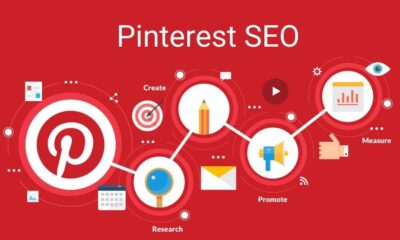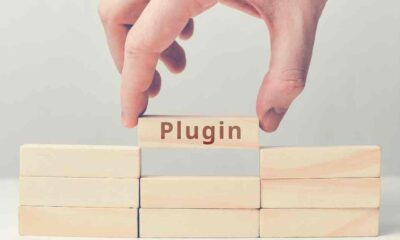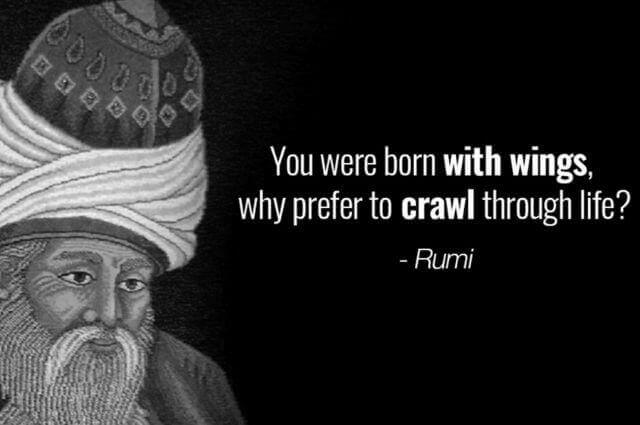Blogging
17 Best On-Page SEO Techniques For 2022
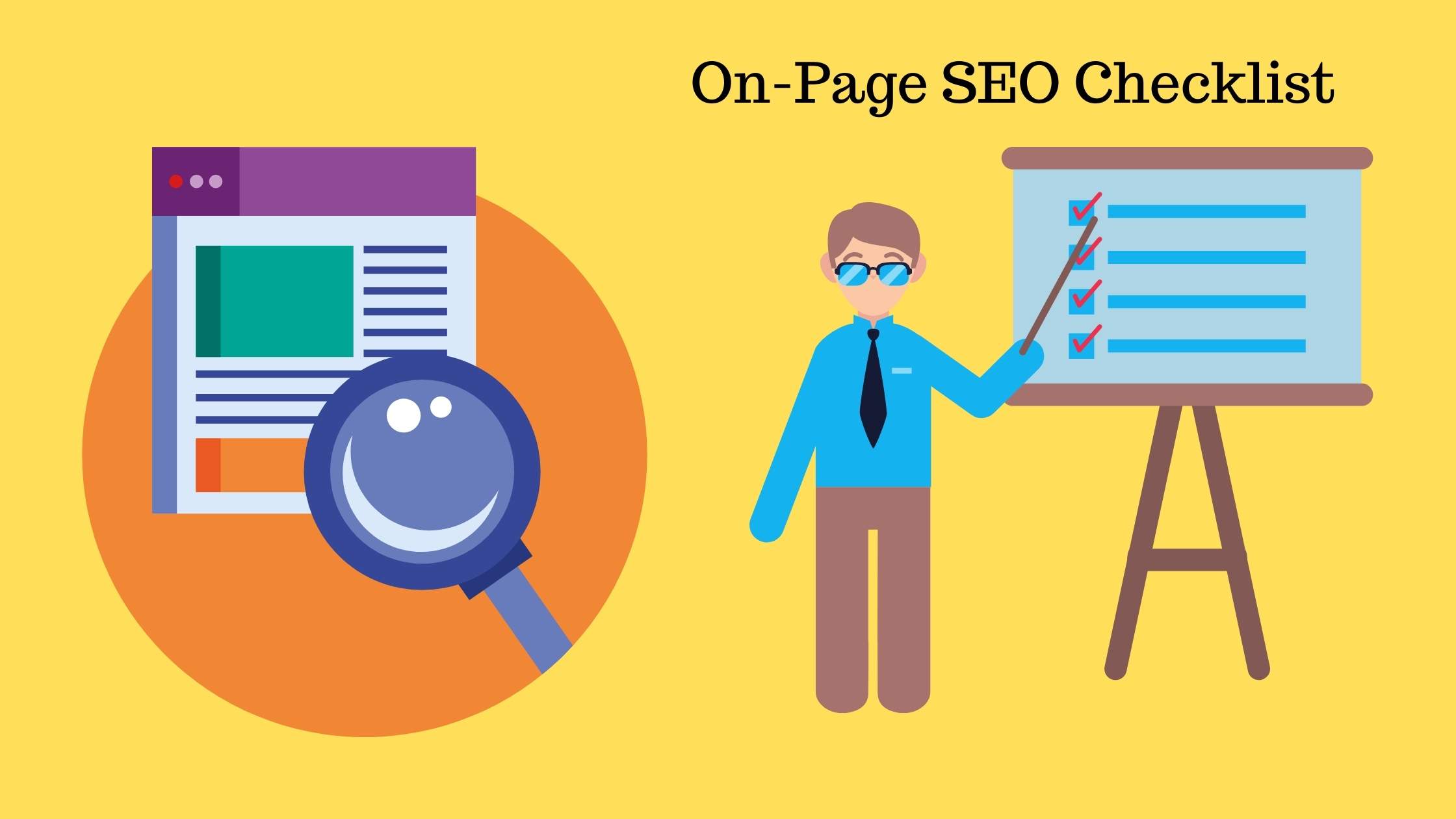
You must hear that “Content is king” which is absolutely true for a website or a blog success but on-page SEO is equally important to show your well-written content on search results.
Now you may be asking what is On-page SEO and how we can do that.
So this blog post is all about on-page SEO, what it is, activities to do, and the best practices, etc.
Related:
Basic of SEO – A beginners SEO guide
What is On-Page SEO?
On-page SEO is all about optimizing your webpage to help them show in Google and other search engines. In other words, it is related to changes or optimization we do on our website pages.
The website success depends on how many people are coming to your website which is known as website traffic in technical terms. Without website traffic, there are no chances to get conversions or sales.
Am I right?
So on-page SEO improves the website performance for search engines so that your web traffic gets increased. So let’s discuss the major techniques to improve your website visibility.
Before moving forward, keep your keyword list ready.
Keywords are the words someone puts on the google search bar to fulfill their query. So creating a list of keywords is the foundation step to optimize your website content.
You can take the help of the Uber Suggest tool to find your targeting keywords.
Once you are ready with the keyword list, let’s go further.
On-page SEO techniques for 2022
1. Optimizing the meta title
Try to focus on optimizing your page titles for both search engines and humans to drive more organic (traffic from search) traffic to your websites.
This is the biggest factor in on-page SEO.
When writing your page titles, you should make sure you are including targeted keywords towards the beginning of your title and restrict it to 60 to 65 characters.
You should write a Title copy that people will find interesting enough to be clicked as that will help you get higher CTR (Click-through rate) in search engine result pages.
Best practice:
- Use numbers in titles
- Questions help to get better engagement
- Use power words like best, top, most, etc
- Try to keep your brand name at the end of the title.
Example: 17 Best SEO On-Page Techniques For 2022 | Lifegram
To optimize your title tag and description, download the all-in-one SEO WordPress plugin.
2. Write a compelling Meta Description
A meta description is a brief snippet of your page which shows on Google or other search engines.
It’s very true that meta description doesn’t help to get better search ranking directly but still, it is an important part of on-page SEO.
How?
It helps a user to read what your page is all about and let them decide to click or not. Basically optimizing your meta description improve the click-through rate of your website and improves the user experience.
Hence search engine prefers the user-friendly webpages, thus indirectly this optimization technique improve the traffic.
Best practice:
- Use your targeted keyword at the beginning of the meta description
- Keep it within 160 – 170 characters long
3. SEO Friendly URLs
A URL is an online address to a particular web page. When we share this URL with anyone or any other media, we are giving an understanding of that page, what it is all about.
By looking at your website URLs, people should be able to understand the content type of that page.
Best practice:
- Keep it short
- Use your targeted keyword
- Don’t use space, special characters, comma, etc in the URL
Unoptimized Sample URL: www.lifegram.org/p=1234
Optimized Sample URL: www.lifegram.org/on-page-seo
4. Use a single h1 Tag on each page
There are 6 heading tags used in website optimization from H1 to H6 and we use them on our page according to a heading weightage. The most important heading H1 has the highest weightage.
If you want to check the H1 for any webpage, check its source page by pressing ctrl+u.
Best practice:
- Use only one H1 for each page
- Use your targeted keyword in H1
5. Use other important keywords in H2 & H3 Tags
You have used your main keyword in the H1 heading, so try to use keywords synonyms or other related keywords in H2 and H3 headings.
For example, for this page, my focus keyword is on-page SEO and I will keep it in H1. The other important keywords like On-page optimization, SEO techniques, etc. I will keep them in H2 and H3 tags.
Note: A page could have multiple H2 and H3 tags.
6. Link your old content to the new one or internal linking
Internal linking is all about connecting the relevant old posts or pages to the new posts or pages.
It increases the average time spent on your website or you could say users will be staying for a longer period on your website, which sends the signal to Google that you have useful and engaging content on your website.
This way, you will be able to pass on the link juice and domain authority to the other linked pages.
Best Practice:
- Interlink only the relevant pages for a better user experience.
7. Use of Primary Keywords in the introduction or the first 100 words
Keyword placement is really important when it comes to getting top rankings on Google.
Sometimes Google algorithm picks up the first paragraph to show on search result as your meta description.
To be ready for that case, you must use your focus keyword in your page introduction or within the first 100 words.
8. Test Your Website for Mobile Friendliness
In today’s time, most of us using smartphones for all our searches, and search engines also prefer a mobile-friendly website to show on search results.
To pass this measure, you must check that your website is optimized for mobile or not. Take the mobile-friendly test here and reach out to your developer to make it mobile-friendly.
If you are using any particular WordPress theme which is not optimized for mobile, then you could change your theme and take the test again.
9. Move Your Website to HTTPS (Secured Site) Version
If you spend some time researching top results for any query in Google, you will see lots of HTTPS websites showing up.
Google is giving a ranking boost to websites that are secure or they have an HTTPS version.
If you are a beginner and you are not using any payment gateway to your website, then you can go without an HTTPS version.
Otherwise, most of the hosting providers offer a free SSL configuration for the first year, so it will not give you an extra cost to get an HTTPS version.
Best practice:
- When you are buying a domain and hosting, check with your hosting provider for SSL service.
For this website, I am using Bluehost hosting, as they provide a free domain name and SSL configuration for the first year.
10. Optimize your images
When we talk about image optimization it includes two things:
1. Filename – The name of your image or any file you upload on the website
2. the ALT tag – A tag that tells a search engine about the image
When you upload any image to your website make sure you have given a relevant file name to the image. For example, rather than using 123.jpg use SEO tips.jpg
Sometimes your image doesn’t load when Google is crawling your website at that time ALT tag plays a key role to tell Google what your image is all about.
Best practices:
- Use targeted keywords in the image name and ATL tags.
- Don’t forget to give the source name of the image if it doesn’t belong to you.
If you are using Canva pro, then you can get access to thousands of images for your blogging needs.
11. Use trusted outbound link to improve your domain trust rank
Outbound or external links from the trusted domain, help to boost your website ranking.
If you want to get better search results for your keywords on search engines, try linking to trusted domains that are highly relevant to your content.
TrustRank for a website is calculated on the basis of who you are linking to and what kind of websites are linking to you.
So whenever you link to external websites, make sure you link to websites and blogs having good TrustRank.
12. Write High Quality and Unique Content
As I have mentioned in the beginning that “Content is king”. High-quality, well-researched and unique content should be considered as one of the most important On-page optimization techniques.
When writing content for your website, make sure you are delivering relevant content and not copying from other popular websites and blogs. Copied content could penalize you in the longer run.
13. Get Google analytics tracking code and paste it on your website
Google Analytics is a free tool by Google to analyze your website performance on Google like how many visitors are coming from which device, how long they are staying on your website, and much more.
For that, you have to create an account on Google analytics and then add your website. After that, you will get a tracking code. You have to put that code on each of your web pages. Once Google is able to read that code, it will start showing the data in the Google Analytics dashboard.
If you don’t have any technical knowledge, you can download the Monster Insight plugin for that purpose and connect your Google Analytics account to your website.
14. Connect your website to Google Search Console
Google search console is another free tool by Google. It tells you about the website issues like errors, mobile-friendliness, clicks and impressions for each page, etc.
You have to create the search console account and add your website there. It will give you a verification code that needs to be added to each page of your website.
Once your website is verified on Search Console, you will be able to get data.
Best practice:
- Use a similar Gmail Id to create Google Analytics and Search Console accounts.
15. Create and submit your sitemap to the search console
If you are using WordPress, install the All in One SEO plugin which automatically creates a sitemap of your website. You can make some changes in the sitemap setting if you want to and check the sitemap in a new browser.
If your sitemap.xml is showing properly, then you have to just copy the link and go to the Google Search Console.
On the left-hand side, there is an option to submit your sitemap, paste the link there.
That’s it.
16. Create a Robots.txt file for your website
Robots.txt file is a file where we keep those use URLs that we don’t want to allow Google to crawl. In other words with this file, we block certain files or pages with sensitive information being crawled on Search engines.
Robots.txt file plays a vital role in your website ranking. So make sure you block the pages carefully otherwise it could harm your ranking as well.
17. Check the website loading speed
How long a user will stay on your website, depends on how much time your website takes to load at the user’s end.
There are many factors involve to make your website slow. Some of them are:
- Using heavy graphics (images, videos, etc.)
- Using unnecessary scripts or codes
- Using too many plugins etc.
By improving your website speed, you could get a better ranking and user experience. Ideally, your website should be load within 3 seconds. If it takes more than that, it is a matter of concern.
To check your website speed you could use Pingdom, GTmetrix, or Google Developers page speed insights tools and then take the action accordingly.
Final Thoughts
Search Engine Optimization is not a one-time job. You have to keep updated on your website and well your knowledge to become successful in blogging. But the above on-page SEO techniques will always be important.
So follow this on-page SEO checklist and see the progress in your blogging efforts.
Do let us know your thoughts or suggestions in the comment section below.
Happy Blogging!
-
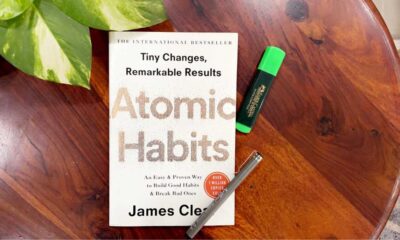
 Books2 months ago
Books2 months ago10 Life-Changing Lessons from ‘Atomic Habits’ by James Clear
-

 Lifestyle3 months ago
Lifestyle3 months agoBenefits Of Amla Juice For Weight Loss
-

 Growth3 months ago
Growth3 months agoThe Hero’s Journey: Transformative Questions for Success?
-

 Growth2 months ago
Growth2 months agoSimple Ways To Boost Your Confidence In A Day
-

 Growth3 months ago
Growth3 months agoHow Cognitive Biases Affect Our Decision-Making Process
-

 Travel3 months ago
Travel3 months agoMindset Peaks: The Mental Benefits of Trekking Explained
-

 Mental Health3 months ago
Mental Health3 months agoWhat Are the Mental Health Problems Among Adolescents?
-

 Quotes3 months ago
Quotes3 months ago40 Best Swami Vivekananda Quotes On Motivation, Love and Life

